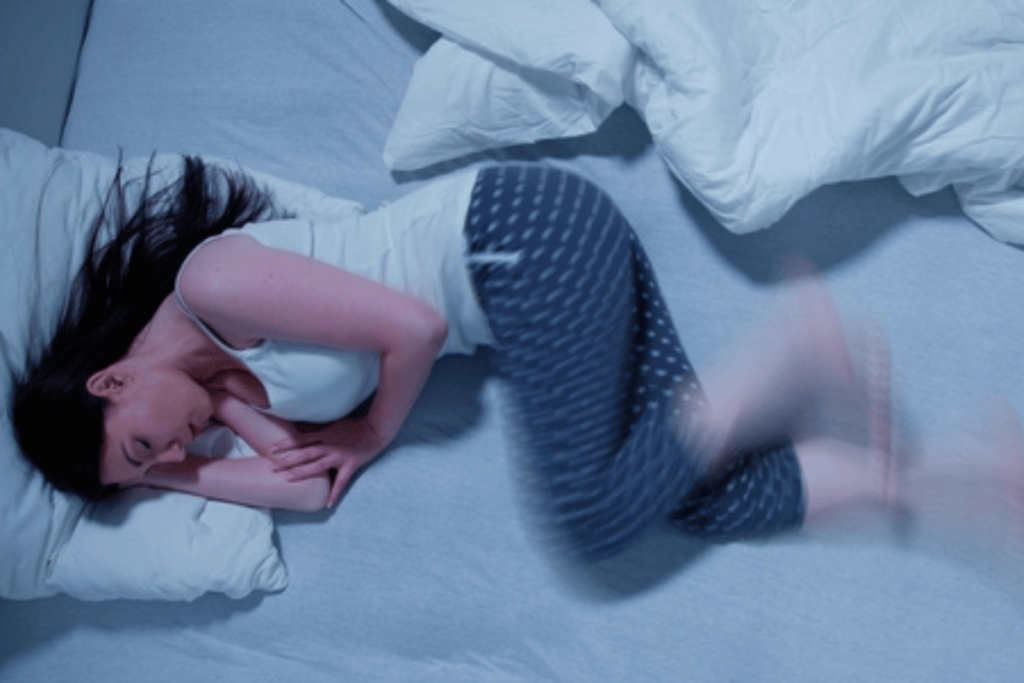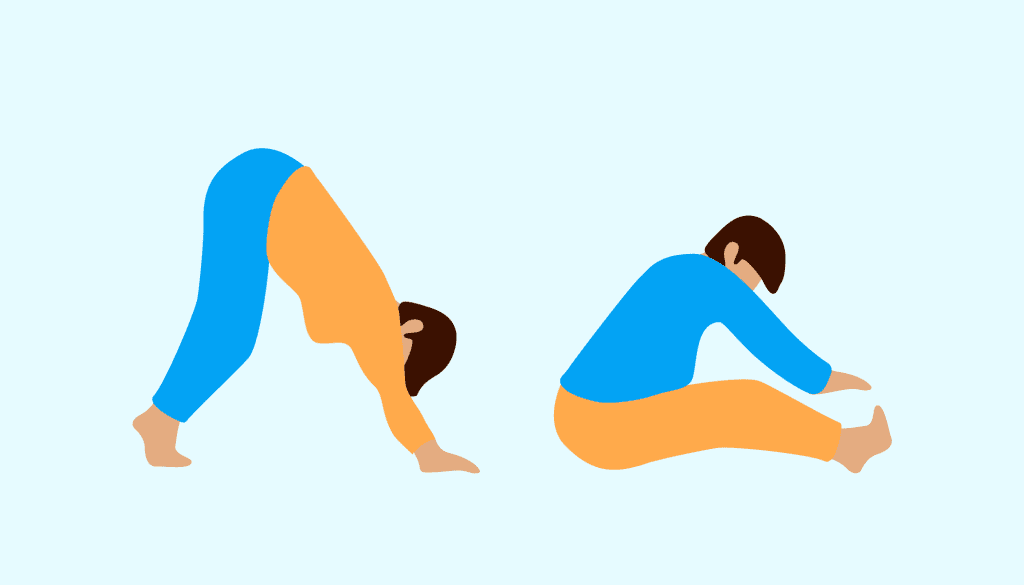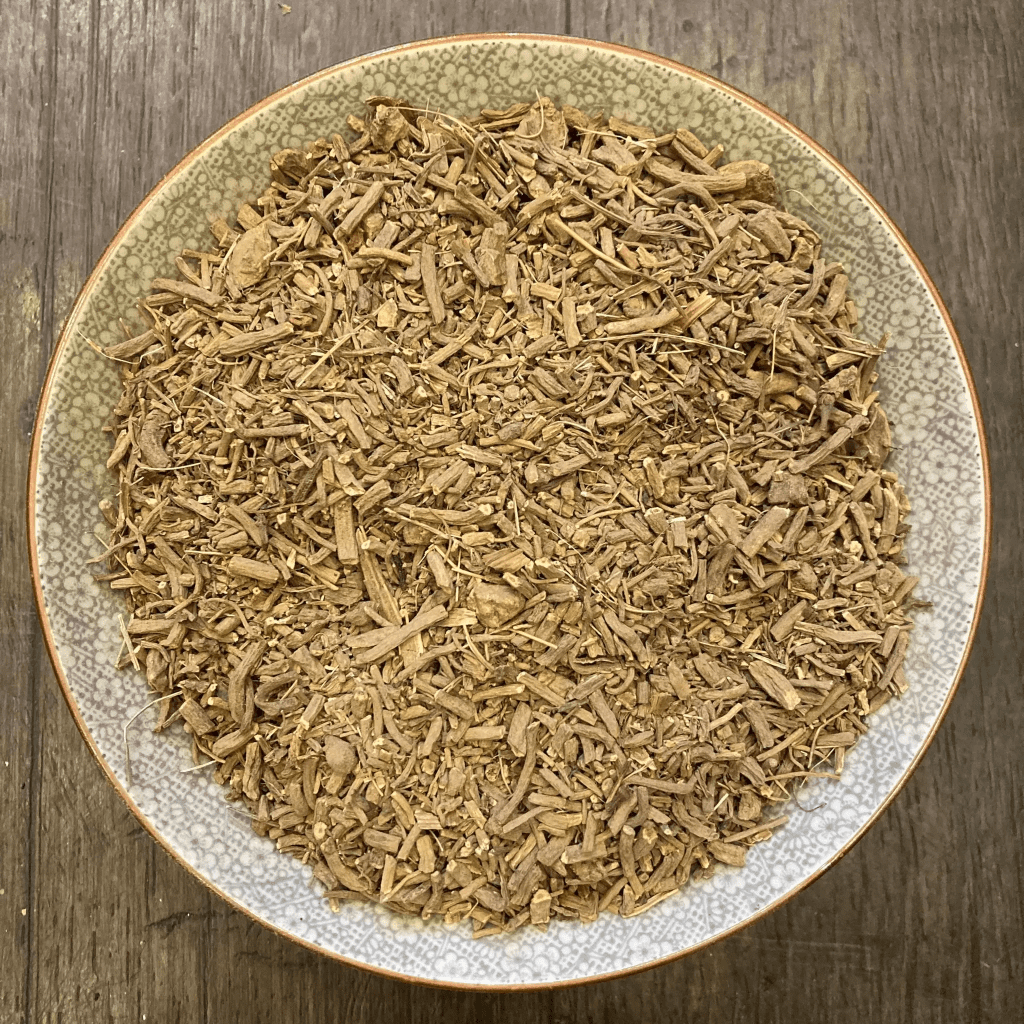Restless Leg Syndrome (RLS) can be an incredibly frustrating condition, causing an intense urge to move your legs, often accompanied by uncomfortable sensations like tingling, itching, or even pain. If you’ve experienced it, you know how disruptive it can be, especially during evenings or bedtime when all you want is a good night’s sleep. While there are medications available, they may come with side effects, and not everyone responds well to them. Fortunately, many people find relief through natural remedies that can be just as effective. Here’s a deep dive into some of the best home remedies for managing RLS.
Understanding Restless Leg Syndrome: Symptoms and Causes

RLS is more than just a need to stretch or move—it’s a neurological condition thought to be linked to an imbalance in dopamine, the brain’s chemical messenger responsible for muscle movement control. Symptoms include a compelling need to move your legs, often with sensations of crawling, tingling, or aching. This discomfort usually intensifies when at rest, making evenings and nights especially challenging.
The exact cause remains unclear, but factors like genetics, iron deficiency, chronic diseases (such as kidney disease or diabetes), and even certain medications may contribute to RLS. Knowing these underlying factors can help you choose remedies that specifically address your symptoms.
1. Traditional Treatments and Why They May Fall Short
Doctors typically prescribe medications for RLS, such as dopamine agonists, anti-seizure drugs, and sometimes even opioids. While these can be effective for some, they come with potential downsides, including dependency risks, side effects, and often high costs. Additionally, not everyone responds positively to these drugs, leading many people to seek natural alternatives to manage their symptoms.
2. Natural Remedies for Restless Leg Syndrome
Natural remedies are often preferable because they focus on overall well-being, without the risk of harsh side effects. From dietary changes to herbal supplements, here are some strategies that have proven helpful.
3. Diet and Nutrition: Fueling Your Body to Reduce RLS Symptoms
Nutrition plays a significant role in managing RLS, as deficiencies in certain nutrients can worsen symptoms. Key nutrients that impact RLS include:
- Iron: Low iron levels are often linked to RLS. Foods rich in iron—such as red meat, leafy greens, lentils, and fortified cereals—can help increase iron stores.
- Magnesium: This mineral promotes muscle relaxation and may reduce leg cramps. Foods like nuts, seeds, bananas, and leafy greens are excellent magnesium sources.
- Folate: Essential for nerve function, folate can be found in beans, oranges, and leafy greens.
Avoid caffeine and alcohol, as these can exacerbate RLS symptoms. Caffeine, in particular, has been shown to worsen the restlessness and may interfere with sleep, so try reducing your intake, especially in the hours before bed.
4. Exercise: Moderate Physical Activity for Relief

Regular, moderate exercise can be a game-changer for people with RLS. Activities like walking, swimming, or light yoga encourage better circulation, reduce muscle tension, and can promote relaxation. However, it’s essential to avoid high-intensity workouts close to bedtime, as these can overstimulate muscles and worsen symptoms.
Establishing a routine that includes daily movement, stretching, and flexibility exercises may keep symptoms at bay. Walking, in particular, has been shown to help RLS sufferers, as it engages leg muscles without intense strain.
5. Relaxation Techniques: Managing Stress for Calmer Legs
Stress is a notorious trigger for RLS symptoms. Learning to manage stress through relaxation techniques can significantly reduce the intensity of RLS flare-ups. Consider incorporating the following into your daily routine:
- Meditation: Regular meditation can help reduce stress levels, making you less vulnerable to RLS triggers.
- Progressive Muscle Relaxation: This involves tensing and relaxing each muscle group, helping to release tension that might contribute to RLS.
- Deep Breathing Exercises: Slow, deep breaths can calm your nervous system and reduce stress.
These techniques don’t just benefit your RLS—they also improve your mental well-being and overall quality of life.
6. Herbal Supplements: Nature’s Answer to Better Sleep and Less Discomfort
Certain herbal supplements have shown promise in providing relief for RLS symptoms by promoting relaxation and supporting sleep. Here are some commonly used options:

- Valerian Root: Known for its calming effects, valerian can help improve sleep quality and may reduce restlessness in the legs.
- Chamomile: Often consumed as tea, chamomile can calm the nervous system, making it a good option before bed.
- Passionflower: Another natural relaxant, passionflower may help ease muscle tension and improve sleep.
While these herbs can be helpful, consult a healthcare professional before adding them to your routine, especially if you are on medication.
7. Practicing Good Sleep Hygiene for Long-Term Relief
Sleep hygiene refers to habits that promote restful and restorative sleep, which is essential for managing RLS symptoms. A few sleep hygiene tips that can make a difference include:
- Stick to a Regular Sleep Schedule: Going to bed and waking up at the same time daily can help regulate your body’s internal clock.
- Create a Comfortable Sleep Environment: Invest in a quality mattress, and use blackout curtains to ensure a dark, quiet room.
- Limit Screen Time Before Bed: Blue light from phones or tablets can interfere with your ability to fall asleep, so try reading or listening to calming music instead.
- Use Weighted Blankets: Weighted blankets provide gentle pressure, which can have a calming effect and may reduce RLS symptoms for some people.
8. Tried-and-Tested Personal Remedies That Work
Many people with RLS have found unique ways to manage their symptoms based on personal experiences. Here are some remedies that others swear by:

- Leg Massages: Regularly massaging the legs before bed can relieve tension and improve circulation, making it easier to fall asleep.
- Heating Pads or Warm Baths: Heat relaxes muscles, so applying a heating pad or soaking in a warm bath can help calm your legs before sleep.
- Stretching Exercises: A few simple stretches before bed can relieve the urge to move and ease tension in your legs.
Everyone’s body is different, so it may take some experimentation to find what works best for you. Many RLS sufferers report that combining several of these remedies provides the most effective relief.
Conclusion: Finding Your Personalized Remedy for Restless Leg Syndrome
Managing RLS can feel like a journey, but with the right combination of natural remedies, you can find relief and improve your quality of life. From diet and exercise to herbal supplements and relaxation techniques, there are plenty of options to explore. While it might take some trial and error, staying consistent with a few chosen strategies can make all the difference. Remember, what works for one person may not work for another, so keep an open mind and consider consulting a healthcare professional to guide you along the way. With patience and persistence, you’ll be well on your way to better nights and calmer legs.


